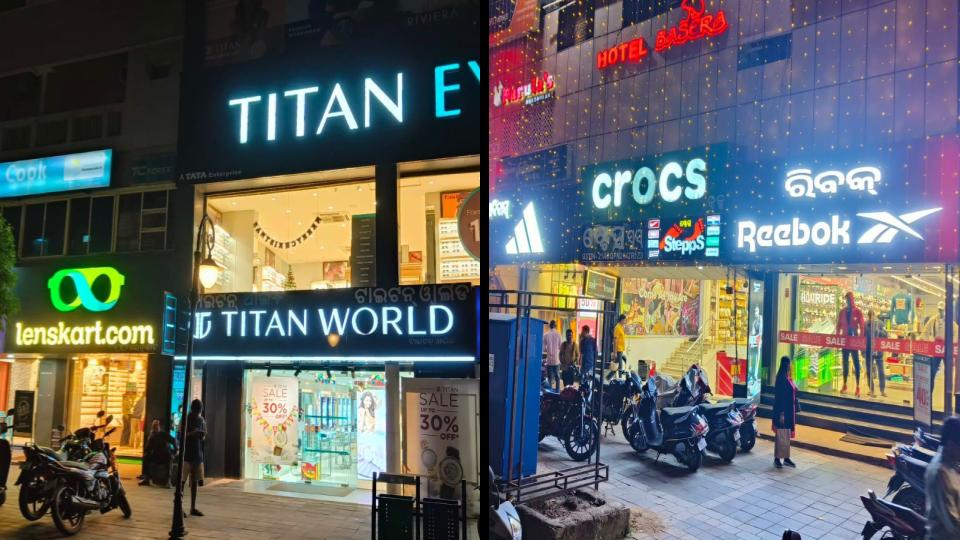To have a strong retail strategy is at the core of omnichannel presence and deciding the location of an offline store is a critical piece of the business strategy. For a marketer several factors come into play while deciding where to open the next store, two very important factors being target market’s demographics, shopping habits, and needs and finding the right location.
In this context, we all must have observed it: those curious clusters of competing shops, restaurants, or gas stations, seemingly defying logic by opening right next to each other. Why do competitors open shops next to each other? The answer lies in the fascinating world of game theory and its key concept, Nash equilibrium. Let’s try to understand more about this counterintuitive business behavior.
2. What is Nash Equilibrium and Game Theory?
In simple terms Nash equilibrium, named after mathematician John Nash, is a situation where no one can benefit by changing only their own strategy; if any changes are to be made, they have to be done by all the players. In other words Nash equilibrium is a state where the optimal outcome is when there is no incentive for players to deviate from their initial strategy. The players know their opponent’s strategy and still will not deviate from their initial chosen strategies because it remains the optimal strategy for each player.
Consider the example of two ice cream vendors on a beach
- If they are both in the middle, they will each get half of the customers, who are uniformly distributed along the beach.
- If one of them moves away from the middle, he will lose some customers to the other vendor, who is closer to them.
- If both of them move away from the middle, they will each get less than half of the customers, because some customers will be too far from either vendor.
Therefore, neither vendor has an incentive to deviate from the middle. This is the Nash equilibrium.
This kind of situation is seen in retail where we see similar category brands setting up business in the same locality or very close to each other (competitor clustering). While strategizing on the location, factors such as footfall, accessibility, parking, visibility and proximity to competitors have to be considered. Locating close to the competition ensures that a critical mass of the target customer is around the store. This can lead to greater footfall and higher chances of conversion.
3. Advantages of Competitor Clustering
- Sharing customer pie: By choosing this “clustering” strategy, they avoid direct competition and share the customer pie, ensuring a safer bet for both.
- Destination Power: Clustering creates a “one-stop shop” effect. The collective presence attracts a larger, more engaged audience, benefiting all tenants.
- Cost-Sharing: Sharing resources like parking, security, and even marketing can significantly reduce costs for all involved.
- Productivity and innovation: Close proximity breeds healthy competition. It leads to innovation benefiting customers ultimately, leading to a win-win for everyone.
The logic of clustering extends far beyond restaurants and shops. Think gasoline stations, gyms, and even tech giants in Bengaluru. Clustering creates a critical mass, attracting a concentrated target audience and establishing dominance in a specific market.
4. The Takeaway
So, for marketers it definitely makes more sense to be closer to competition as it means more potential customers and more likely to be considered by people making a purchase.
If you are exploring Advisory services around how to use a data driven approach for store expansion feel free to reach out to us at DAIOM.
Also, Check out our latest blog delving deeper on The Power Of Omni Channel




